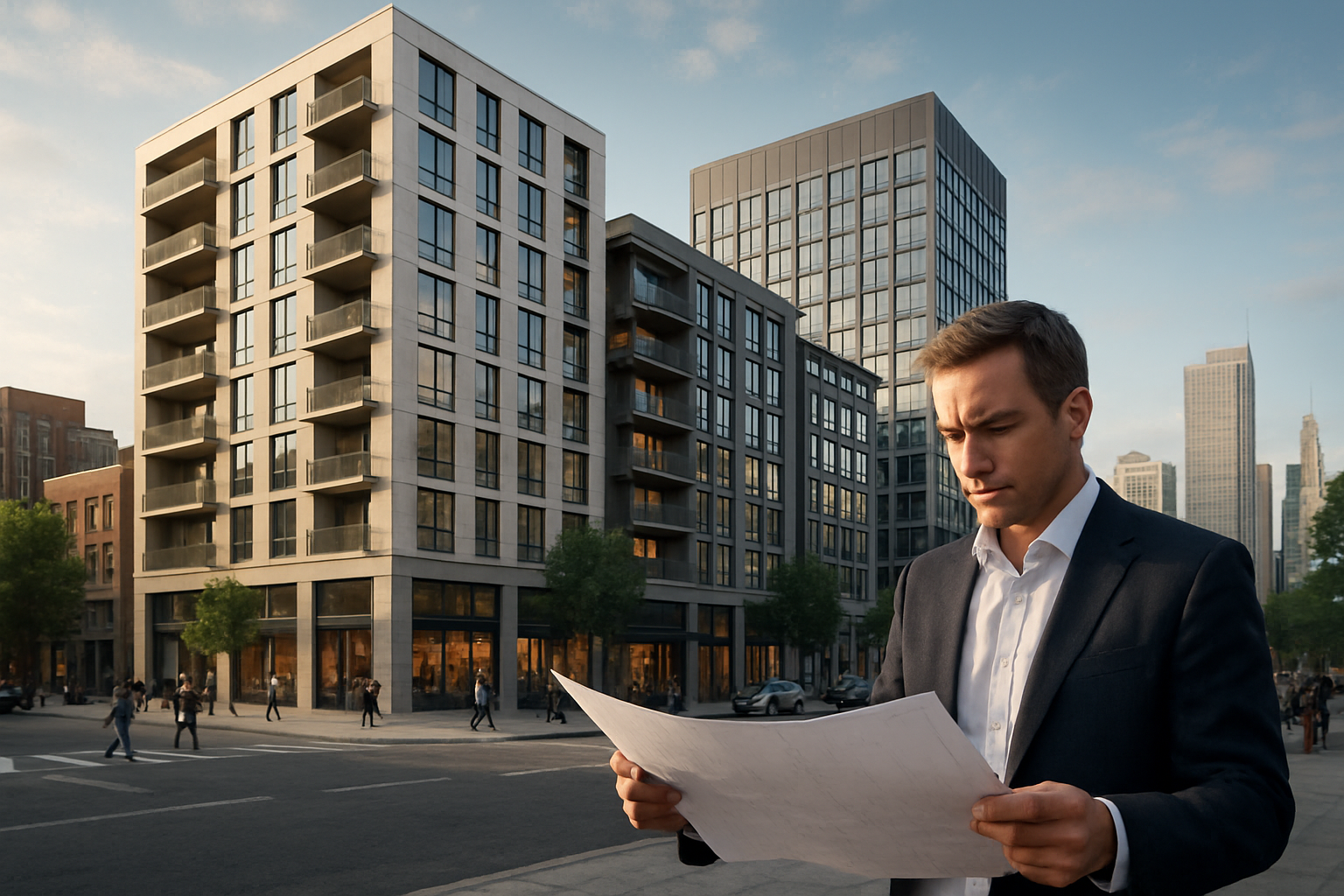The Resurgence of Mixed-Use Developments in Urban Real Estate
The concept of mixed-use developments is experiencing a renaissance in urban real estate markets across the globe. This innovative approach to property development is reshaping cityscapes, redefining community living, and presenting unique investment opportunities. As urban planners and developers seek solutions to accommodate growing populations and changing lifestyle preferences, mixed-use projects have emerged as a compelling answer to modern urban challenges.

The Driving Forces Behind the Trend
Several factors have contributed to the renewed interest in mixed-use developments. Urbanization continues to be a global trend, with more people moving to cities in search of job opportunities and amenities. This influx has led to increased demand for housing in urban areas, often resulting in skyrocketing property prices and long commutes. Mixed-use developments offer a solution by creating self-contained communities where people can live, work, and play without the need for extensive travel.
Economic Benefits for Investors and Developers
From an investment perspective, mixed-use developments present an attractive proposition. By diversifying the types of spaces within a single project, developers can mitigate risks associated with market fluctuations in specific sectors. For instance, if the residential market experiences a downturn, the commercial components of the development may help offset losses. Additionally, the synergy between different uses can lead to increased foot traffic and higher overall property values.
Designing for Community and Sustainability
Modern mixed-use developments prioritize community-building and sustainability. Architects and urban planners are incorporating green spaces, pedestrian-friendly layouts, and energy-efficient designs into these projects. The goal is to create environments that foster social interaction, reduce carbon footprints, and promote overall well-being. This focus on sustainability not only appeals to environmentally conscious residents but also aligns with increasingly stringent urban planning regulations.
Challenges and Considerations
While mixed-use developments offer numerous benefits, they also come with unique challenges. Zoning regulations in many cities have not kept pace with the evolving nature of these projects, often requiring developers to navigate complex approval processes. Additionally, managing a mixed-use property requires a different skill set compared to traditional single-use developments. Property managers must balance the needs of diverse tenants, from residents to retail businesses, which can be complex and time-consuming.
The Impact on Urban Real Estate Markets
The rise of mixed-use developments is having a profound impact on urban real estate markets. These projects are often catalysts for neighborhood revitalization, attracting new residents and businesses to previously underutilized areas. This can lead to increased property values in surrounding neighborhoods, creating ripple effects throughout the local real estate market. However, it also raises concerns about gentrification and the displacement of long-time residents, issues that developers and city planners must address thoughtfully.
Investment Strategies for Mixed-Use Developments
For real estate investors, mixed-use developments offer unique opportunities and challenges. The complexity of these projects often requires a more sophisticated investment approach, including a deep understanding of local market dynamics and regulatory environments. Investors may need to consider partnering with experienced developers or joining real estate investment trusts (REITs) that specialize in mixed-use properties. Due diligence is crucial, as the success of these developments hinges on factors such as location, tenant mix, and overall design quality.
The Future of Mixed-Use Developments
As cities continue to evolve, mixed-use developments are likely to play an increasingly important role in shaping urban landscapes. The flexibility and efficiency of these projects make them well-suited to address the changing needs of urban populations. Future iterations may incorporate emerging technologies, such as smart building systems and integrated transportation solutions, further enhancing their appeal and functionality.
Conclusion
The resurgence of mixed-use developments represents a significant shift in urban real estate trends. These projects offer a compelling vision for the future of city living, one that prioritizes community, sustainability, and efficiency. For investors, developers, and urban planners, mixed-use developments present both opportunities and challenges. As this trend continues to gain momentum, it will undoubtedly shape the future of urban real estate markets and redefine our understanding of modern city life.





